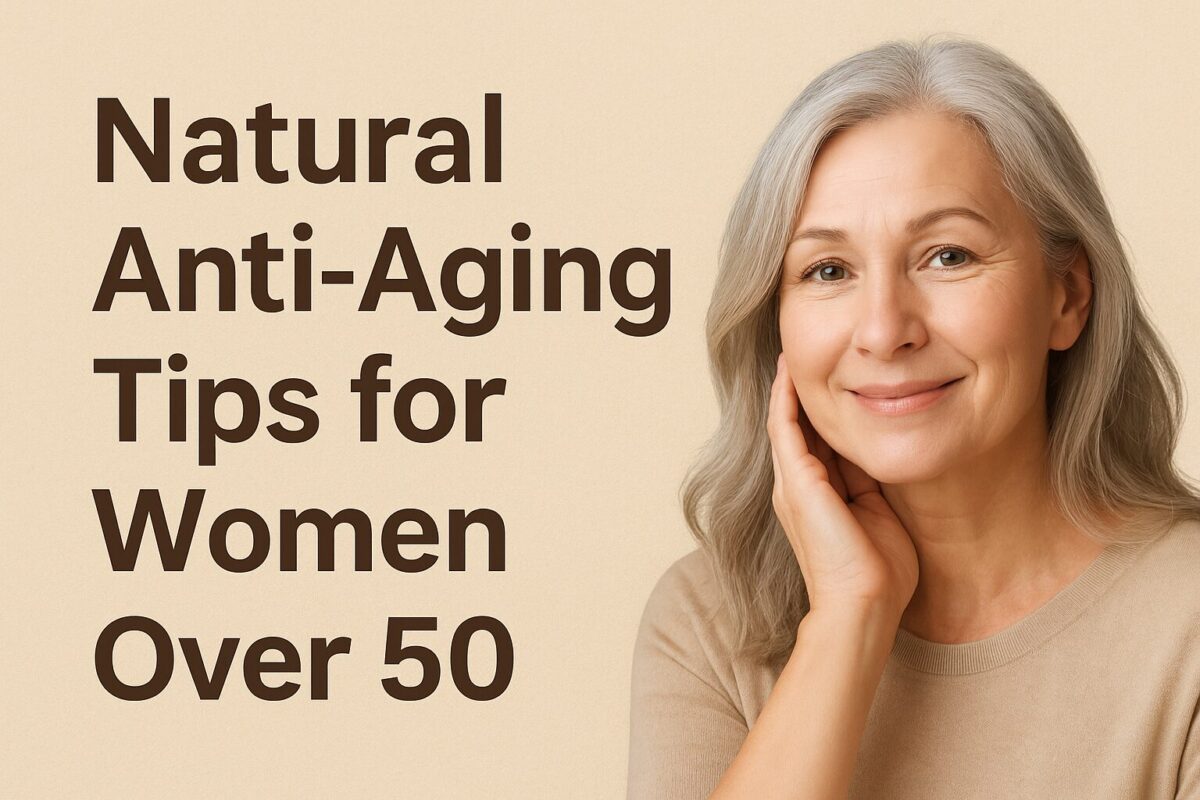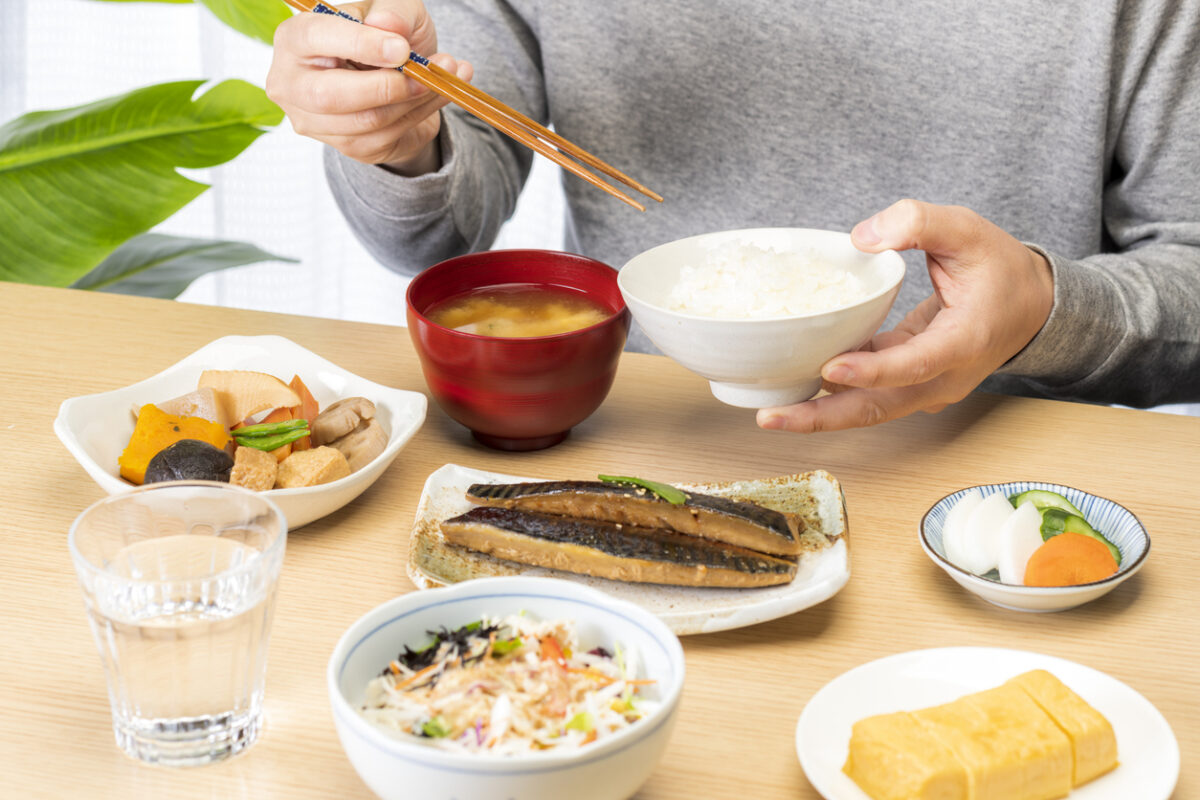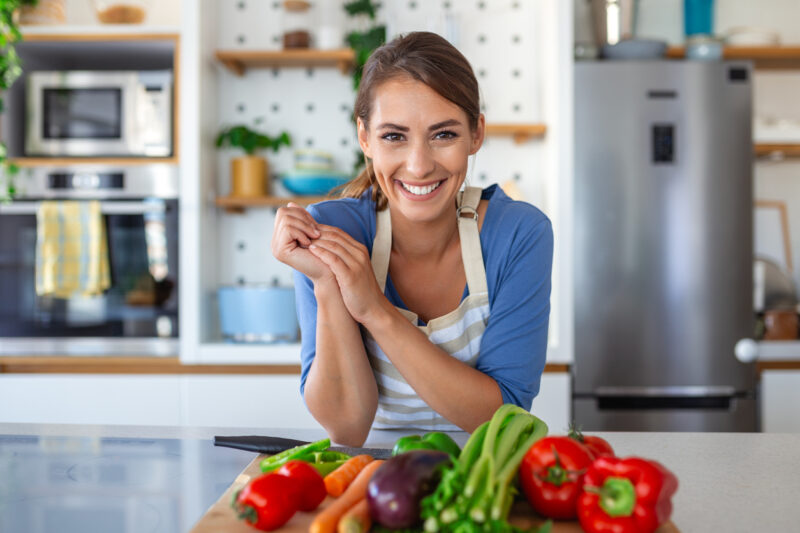As we age, our bodies naturally produce fewer hormones like estrogen, progesterone, and DHEA. This isn’t just about menopause—it’s a shift that can influence almost every aspect of your health, from your skin to your energy levels and metabolism. By supporting your body’s natural hormone production, you can unlock a range of anti-aging benefits that go far beyond relieving hot flashes.
In this article, we’ll explore natural anti-aging tips for women over 50, focusing on how restoring hormone balance can help you feel vibrant, energized, and confident again.
Why Hormone Balance Matters for Anti-Aging
Hormones are chemical messengers that influence nearly every function in your body. When levels drop with age, it can lead to:
-
Persistent fatigue
-
Slower metabolism
-
Dry, thinning skin
-
Reduced muscle tone
-
Weight gain around the abdomen
Many women think of hormone changes only in relation to menopause symptoms. But the truth is, hormone decline affects your entire aging process. Restoring your body’s ability to produce these hormones naturally can help slow—and in some cases, reverse—many visible and invisible signs of aging.
Boosting Energy and Reducing Fatigue
The Link Between Hormones and Energy
Hormones like DHEA and estrogen help regulate how your cells convert food into energy. When they decline, your mitochondria—the “power plants” of your cells—become less efficient.
Natural Ways to Regain Energy
-
Eat a balanced diet rich in lean protein, healthy fats, and complex carbs.
-
Incorporate gentle, regular exercise like walking or swimming.
-
Prioritize 7–8 hours of quality sleep.
Resource: Mayo Clinic’s guide on managing fatigue
Supporting Skin Health and Radiance
How Hormones Affect Your Skin
Estrogen supports collagen production and skin hydration. As estrogen levels drop, skin can become dull, dry, and less elastic.
Ways to Naturally Brighten Skin
-
Eat antioxidant-rich foods like berries, green tea, and dark leafy greens.
-
Protect skin from UV rays with sunscreen and hats.
-
Stay hydrated with at least 8 cups of water daily.
When your hormones are in balance, you may notice smoother skin, better hydration, and even improved makeup application.
Boosting Metabolism for Easier Weight Management
The Hormone-Metabolism Connection
Hormones help control how your body stores fat and burns calories. A slower metabolism after 50 isn’t just about aging—it’s also about hormonal decline.
Practical Metabolism-Boosting Tips
-
Add strength training twice a week to maintain muscle mass.
-
Include spicy foods, green tea, or fermented soy for a natural metabolic boost.
-
Avoid crash diets, which can slow your metabolism further.
Reference: National Institute on Aging – Maintaining a Healthy Weight
Improving Mood and Mental Clarity
Hormones and the Brain
Estrogen influences neurotransmitters like serotonin and dopamine, which affect mood, memory, and focus. Low estrogen can lead to brain fog, irritability, or anxiety.
How to Keep Your Mind Sharp
-
Engage in mentally stimulating activities such as puzzles, reading, or learning new skills.
-
Practice mindfulness or meditation.
-
Ensure you get enough omega-3 fatty acids from fish, walnuts, or flaxseeds.
Natural Ways to Support Hormone Production
While Hormone Replacement Therapy (HRT) is an option for some, many women prefer natural methods that support the body’s own hormone production.
Dietary Choices
-
Include fermented soy products like miso and natto.
-
Eat foods rich in phytoestrogens, such as flaxseeds and sesame seeds.
Lifestyle Habits
-
Manage stress through yoga, tai chi, or walking in nature.
-
Avoid excessive alcohol and processed sugar.
Effisoy® – A Japanese Approach to Natural Hormone Support
For women looking for an extra boost, Effisoy® is a natural menopause supplement inspired by Japanese women’s diets. It contains fermented soy isoflavones in the aglycone form, which your body absorbs more efficiently. This unique approach helps restore your body’s natural hormone production ability, which may:
-
Reduce persistent fatigue
-
Improve skin texture and radiance
-
Support metabolism and healthy weight
-
Enhance mood and focus
Unlike typical menopause supplements that target only hot flashes, Effisoy® works at a deeper level—helping your body help itself.
More on fermented soy isoflavones: WebMD – Isoflavones Overview
Conclusion
Natural anti-aging isn’t about turning back the clock—it’s about giving your body the tools it needs to thrive. By supporting hormone balance through diet, lifestyle, and targeted supplements like Effisoy®, women over 50 can enjoy more energy, better skin, improved metabolism, and a renewed sense of vitality.
Take Effisoy®, a natural supplement, to balance your hormone back.
If you are facing an age-related hormonal imbalance, rebalancing it will work with a balanced diet for your beauty, weight management, and daily wellness.
Juveriente®’s Effisoy, launched in 2016, based on fermented soy bean germ extract has been loved as a natural menopause relief since its launching in 2016.
Its primary function is to boost the weakened synthesis of a hormone precursor, DHEA. It helps the precursor, DHEA. Rebalancing the precursor will eventually recover your hormones in line with your natural balance. It will help recover the hormonal imbalance and help you address various issues in postmenopausal period.
Here are some of the real product reviews in our Amazon shop.
“Restful sleep finally!!”, “I Am Now Free of Hot Flashes!!”, “Lifesaver”




































